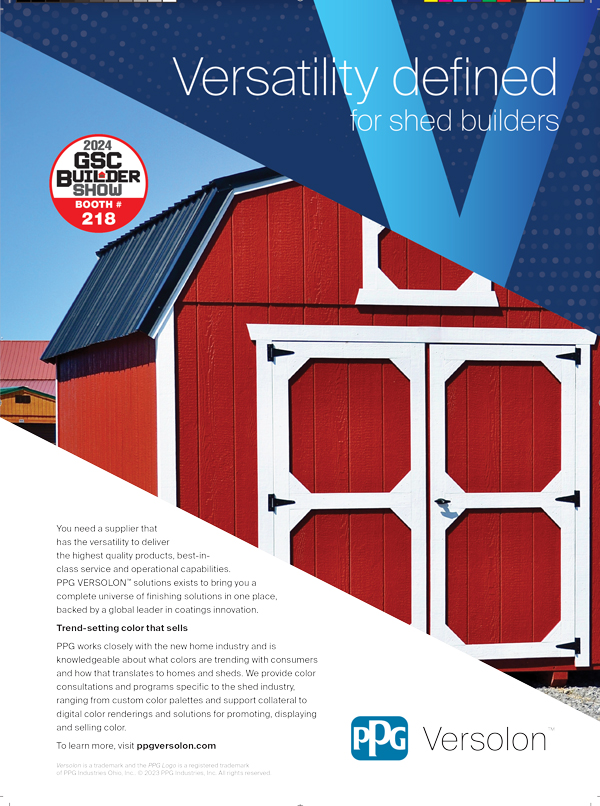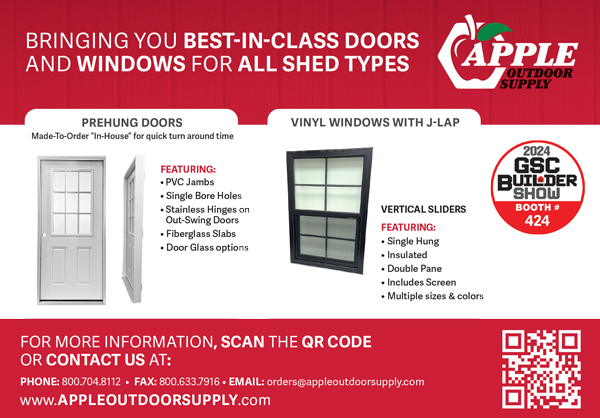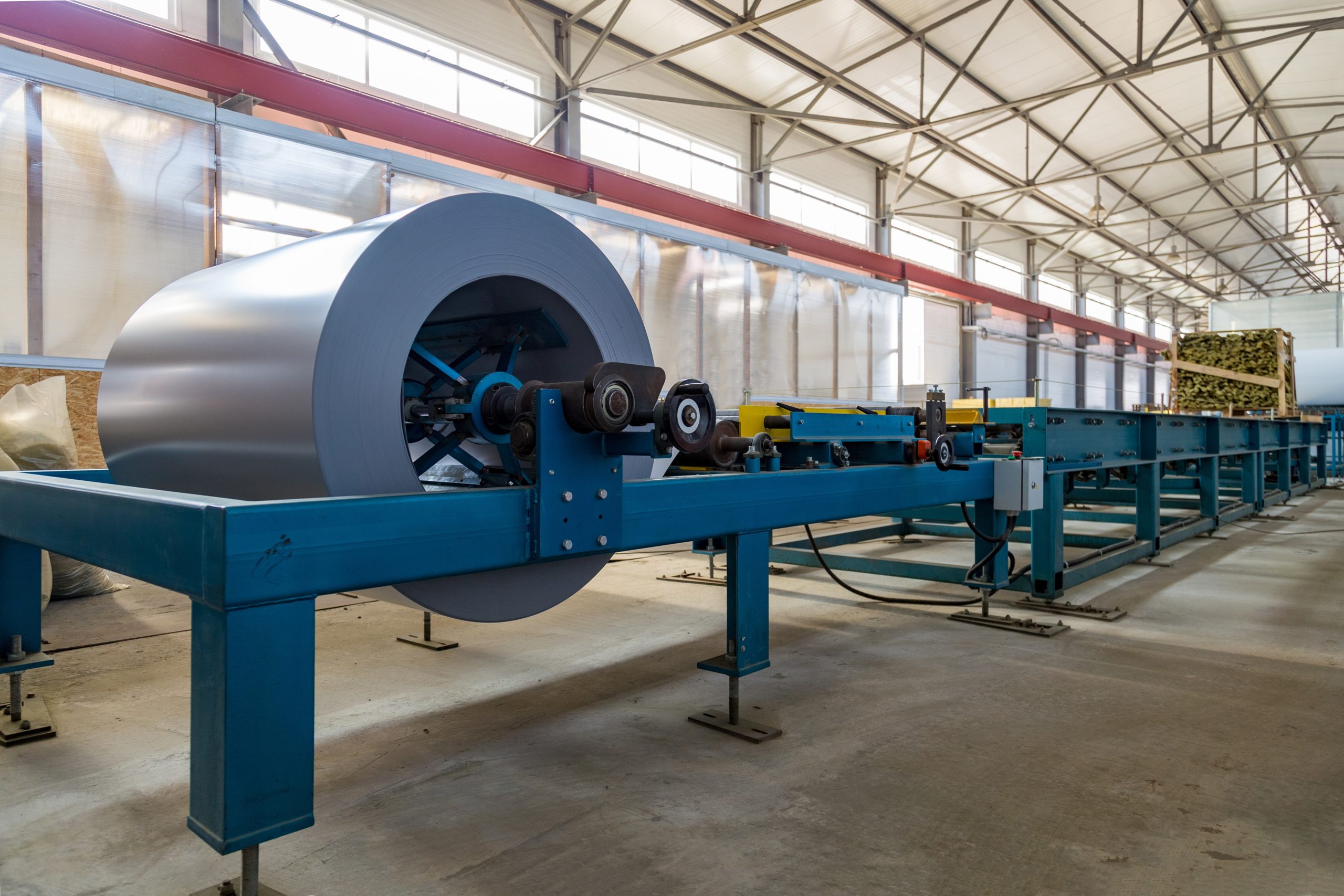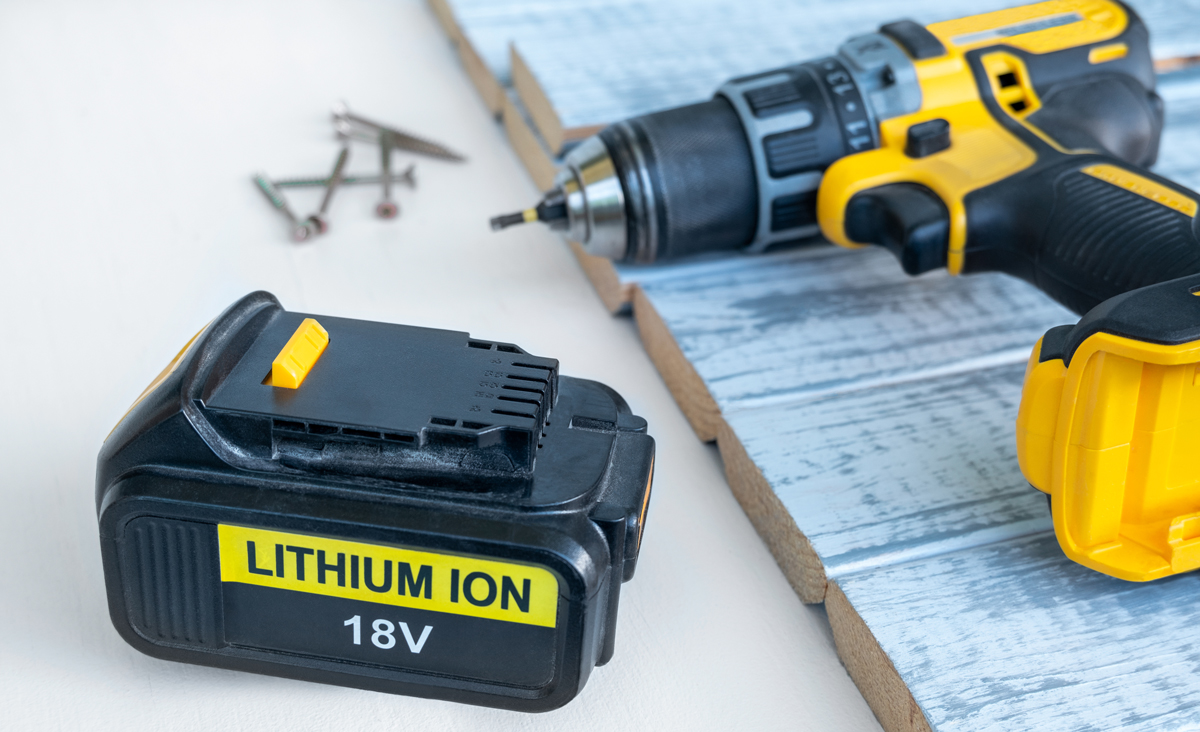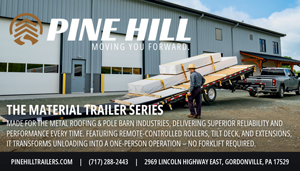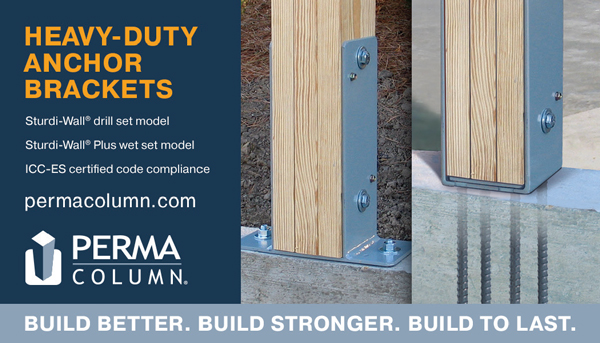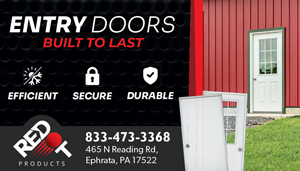By Linda Schmid
The staff at Garage, Shed, and Carport Builder is always looking for ways to improve our publication and in that pursuit, we have changed the format of our product feature articles.
The objective is to talk to people in the field and find out what challenges they have with the components we are featuring. We ask them what they are doing to alleviate these problems and check with manufacturers and suppliers to see what they may recommend.
Enjoy this discussion regarding some of the challenges involved with light gauge metal panels and discover how some professionals resolve them. Their ideas could save you frustration, time, and money.
Sharp Edges Can Scratch Other Panels
Challenges are inherent in any job you do and working with light gauge panels is no exception. One such challenge is that when metal panels run through a roll former, the sliced end can be knife-edge sharp and scratch the panel below. How can you avoid this?
This issue can often be resolved by placing a piece of cardboard or paper between the panels. Some builders find that panels are better protected by their makeshift inventions. Repurposed plastic with foam padding attached works well.
Usually if the panels are perfectly lined up and drop down perfectly, scratching is avoided. Therefore, if you can line them up just so, you can avoid the whole issue. One way to do this is to block the castor so the metal drops in the same place every time.
When moving panels, be sure to pick the panels straight up, thereby avoiding cutting yourself or other panels. The same can be said of metal burrs; if you slide the panel you will have problems and if you run your finger along the panel you may cut yourself, but lifting straight up keeps the burrs from sticking.
If sharp edges are a sticking point for you, it could be that the equipment is not properly maintained. Keep a regular maintenance schedule and be sure to have an extra set of blades from the manufacturer on hand. Trade the blades out to send the other set for re-sharpening.
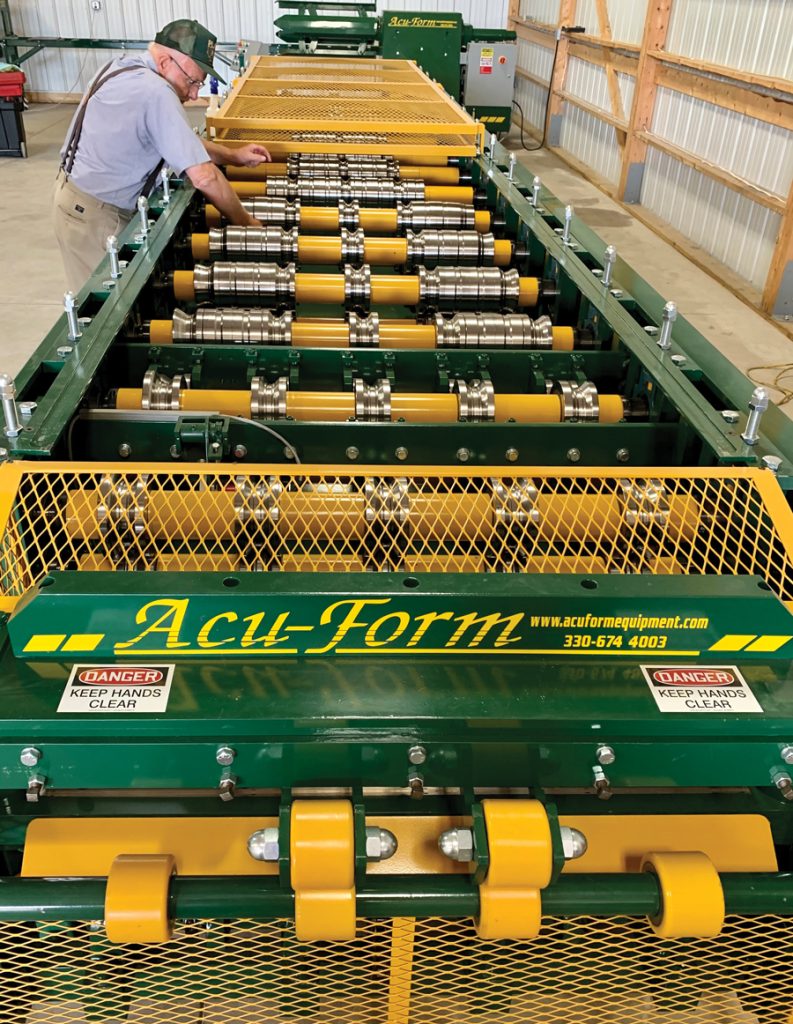
Cleaning the rollers at Your Quality Metal in Little Suamico, WI.
Courtesy of Sharon Thatcher.
Don’t overlook the fact that you may be experiencing problems with sharp edges due to the quality level of the machine you are working with. If a lower quality machine is used for a high level of production, it can result in steel deformities at the shear.
Making the Roll Smooth
When rolling some metal you can run into problems of drag in compression and metal stretching so that the panels do not run smoothly through the machine, possibly resulting in uneven panels. How do you resolve this?
A bit of lubricant is called for if you have this problem. Since an oiler can be quite pricey, a little ingenuity can solve the problem. One company built their own oiler. They created a wooden frame made with 2x6s the width of the metal and attached 3/4” memory foam to it with diesel fuel underneath. The foam soaks up the oil and as the metal slides by it is slicked up and slides through the machine much more easily.
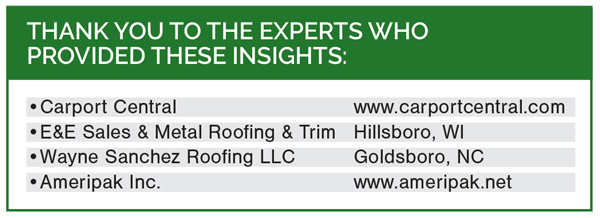
Pick-Up On The Rollers
Coatings can come off of metal panels onto the rollers and create a mess that is difficult to clean up. This can be a problem with galvanized panels. If the pick-up of the coating is severe, it can mean scraping with a knife and WD40, but this can usually be avoided.
Check with the manufacturer to be sure that the panels meet the specifications required before running them through the rollers.
Ensure that the machine is set to run the correct gauge or you may end up with a lot of coating on the rollers along with damage to the panel coatings. You might also apply a protective film or coating to the panels before running them through the roll forming machine.
Wipe the rollers down with a clean, lint-free rag periodically to remove any pick-up and help avoid extreme problems down the line. A lubricant can help avoid pick-up, too.
Oil Canning
Oil canning can occur for a variety of reasons. What are some likely solutions?
Due to the metal’s “memory” of its previous shape, the panel may develop waves. One way to prevent that is to run the coil through a straightener or leveler. Straightening can help with coil set, winding tension, center buckle, edge wave, camber or crossbow issues. Most of these problems are exacerbated when panels are long in length; making shorter panel lengths can help. Also, setting your rollformer to make extra passes over the panel can help solve the problem. GSCB



